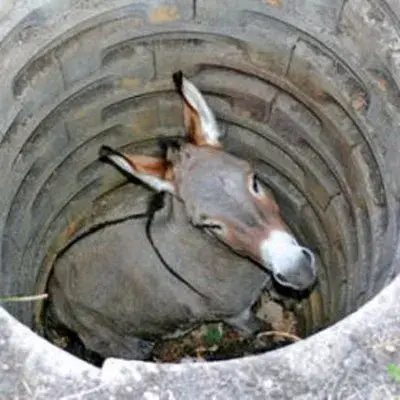

For future reference, jamming radio equipment is illegal essentially everywhere on earth because it’s banned by the ITU rules, which every country on earth has adopted with the sole exception of Palau. Palau isn’t an exception here though, because they’ve also also adopted those rules in a roundabout “not-actually-joining the ITU” way.





Flat cables can be conformant and they still have twisted pairs. Cables just have to meet the physical properties set by the standard.